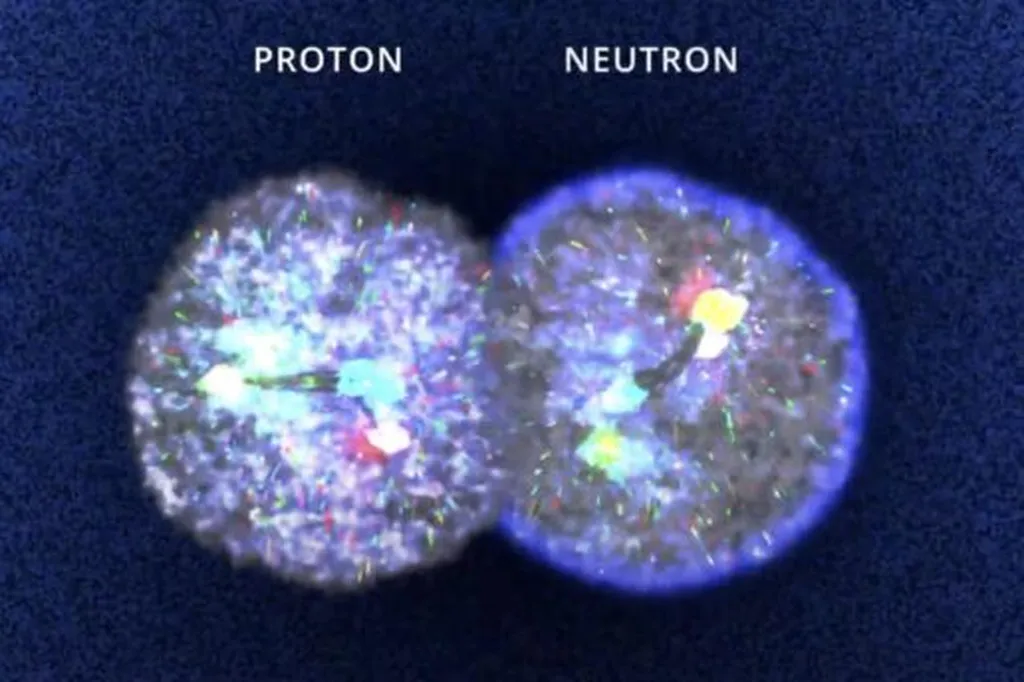Researchers from the NUCLEUS collaboration, including members from institutions such as the University of Zurich, the Max Planck Institute for Nuclear Physics, and the French Alternative Energies and Atomic Energy Commission (CEA), have been working on a novel experiment aimed at measuring Coherent Elastic Neutrino-Nucleus Scattering (CEvNS) at the Chooz nuclear power plant in France. Their recent work focuses on characterizing and predicting particle-induced backgrounds, particularly in the sub-keV energy range, which is crucial for detecting the CEvNS signal from reactor antineutrinos.
The NUCLEUS experiment is designed to detect CEvNS, a process where neutrinos interact coherently with entire nuclei, producing a small but measurable recoil. This phenomenon is challenging to observe due to its low energy signature and the presence of background noise from various sources. The researchers conducted extensive measurements of environmental background radiations at the experimental site and performed detailed Monte Carlo simulations using the Geant4 package to optimize the setup and estimate residual background rates.
The study identified several sources of background radiation, including cosmic ray-induced radiations, environmental gammas, and material radioactivity. Through careful design and optimization, the NUCLEUS setup is predicted to achieve a significant reduction in background noise, with a total rejection power of more than two orders of magnitude. The residual background is expected to be dominated by cosmic ray-induced neutrons. In the energy range of interest for CEvNS (between 10 and 100 eV), the total particle background rate is estimated to be approximately 250 d⁻¹kg⁻¹keV⁻¹ in the CaWO₄ target detectors. This results in a signal-to-background ratio of greater than 1, meeting the required specifications for detecting reactor antineutrinos through CEvNS.
The practical applications of this research for the energy sector are significant. By improving the detection capabilities of neutrinos, the NUCLEUS experiment can enhance our understanding of nuclear reactions within reactors. This could lead to more efficient and safer reactor designs, as well as better monitoring and control of nuclear processes. Additionally, the techniques developed for background reduction and signal optimization can be applied to other areas of nuclear and particle physics research, contributing to advancements in energy technologies and fundamental science.
The research was published in the journal Physical Review D, providing a detailed account of the methods and findings related to particle background characterization and prediction for the NUCLEUS experiment.
This article is based on research available at arXiv.

